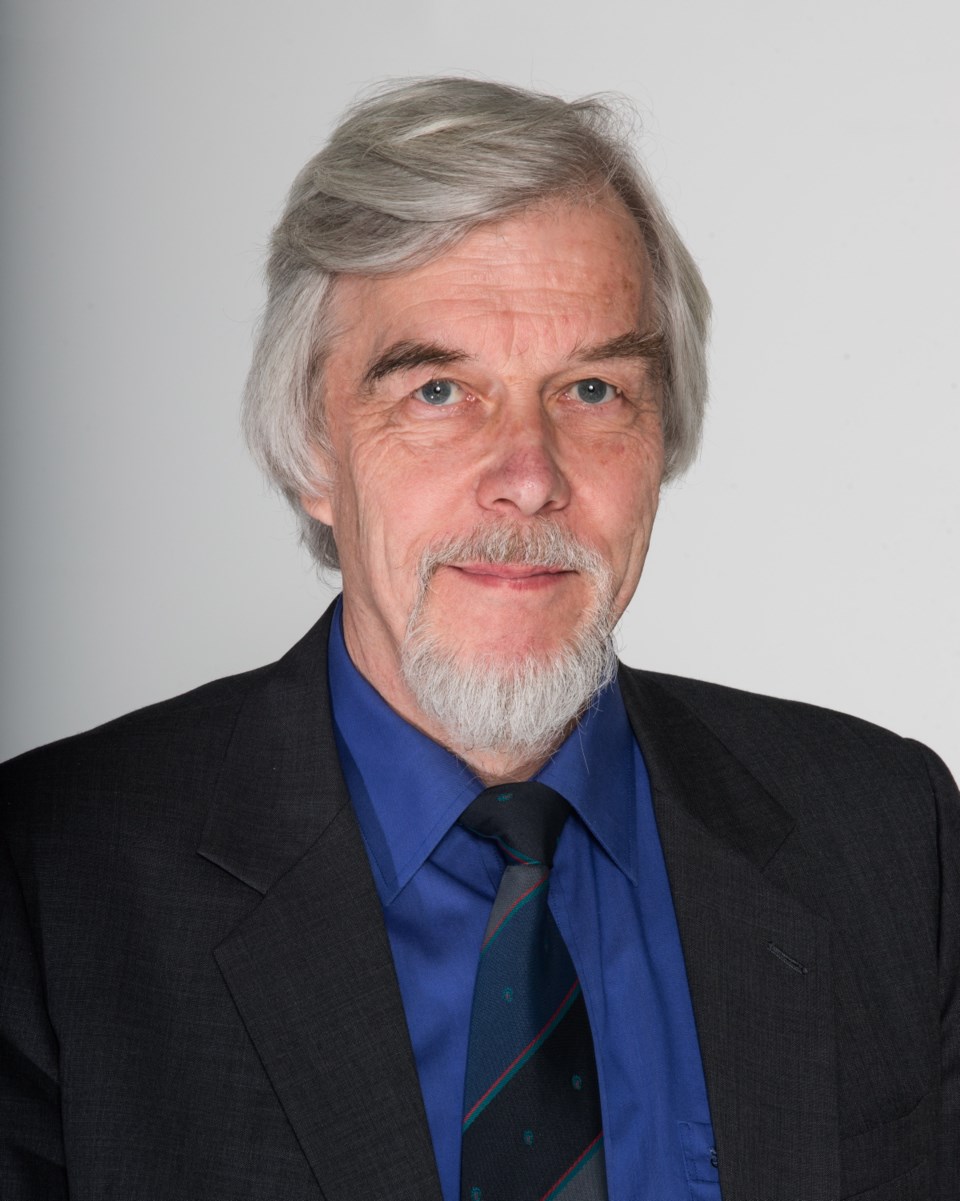You might think Rolf Heuer’s job leading the world’s foremost research centre on the origin of the universe might come with certain privileges.
But no, Heuer says, he’s never personally operated the Large Hadron Collider — as tempting as it might be to smash particles together at near light-speed through a 27-kilometre tunnel.
“It would have been a disaster,” the German physicist said on the phone from Galiano Island, where he took a rare vacation before speaking in Victoria.
The director-general of CERN, the European Organization of Nuclear Research, will give a free lecture Monday at the University of Victoria about the collider’s potential, from revealing the nature of gravity to the origin of mass. That potential relies on each researcher’s strengths — in other words, leaving the operation of the collider to the technicians, he said.
Heuer heads a team of scientists and engineers from 21 member countries, including researchers from Victoria he called instrumental in developing hardware and conducting analysis. Although French and English are the lingua francas, there’s another language that’s stronger.
“We speak one language: science,” he said. “Everyone has the same goal. We are finding new things about the universe.”
Together, they’re probing the fundamental structure of the universe by studying the basic constituents of matter. By colliding particles together in the Large Hadron Collider, which stretches under the border between Switzerland and France, researchers collect clues about how they interact and the fundamental laws of nature.
Although the collider has already been used to make one of the most important scientific discoveries in recent history — the discovery of the Higgs boson or “God” particle — scientists have only begun to scratch the surface of understanding the structure of matter, Heuer said.
The Higgs boson was a missing puzzle piece in a theory, originally put forward in 1964, about why the most basic building blocks of the universe have mass.
“With the discovery of the Higgs boson, we have completed our so-called standard model of particle physics, which just describes five per cent of the universe,” Heuer said. “It took us 50 years to discover five per cent.”
After two years of upgrades, Heuer and his team are excited to get cracking on the remaining 95 per cent. The collider was put back online April 5 with an even higher energy capacity, meaning scientists can smash together particles with higher mass.
Among the questions they’ll try to answer: What exactly is the Higgs boson made of? And is there more than one, as some theories have predicted?
Heuer likened research about the particle to comparing identical twins. Say there’s only one way to tell them apart: They each pronounce a word differently. Your job is to make them say the word, just as the scientists will try to coax some clues out of the Higgs boson.
“If you are lucky, the person speaks the word very quickly,” he said. “But it can take much longer than some people hope for.”
Researchers looking to discover something new are, by nature, competitive. But in an environment like CERN, the key to success is co-operation, he said.
“Everyone knows you have to have big instruments and you cannot do it alone. Which means you have to give, if you also want to take,” he said.
“For example, with the discovery of Higgs boson, who is more instrumental? The one who does the last data plot? Or is it the one who calibrated the detector? Is it the one who maintains it? I would say everybody has his or her own share.”
Free talk Monday night part of symposium honouring UVic scientist
Rolf Heuer will give the inaugural Alan Astbury Memorial Symposium public lecture Monday at the University of Victoria. He’ll speak at 7:30 p.m. in Room B150 of the Bob Wright Centre. The talk is free and open to all, but space is limited. It will also be webcast at uvic.ca/astbury.
The public lecture is part of the Alan Astbury Memorial Symposium, a two-day meeting focused on Astbury’s professional interests, from studying physics at the high-energy frontier to producing isotopes for nuclear physics and medicine.
“He was clear, outspoken, but kind,” Heuer said of Astbury, whom he first met in the 1980s.
“I found him never abrasive, always trying to balance things and have a good personal relationship.”
Astbury moved to Victoria in 1983 was the R.M. Pearce Chair of Physics at UVic. He directed TRIUMF, a leading subatomic physics laboratory in Vancouver, from 1994 to 2001.
Directly connected to two Nobel Prizes, Astbury was an influential figure. His work contributed directly to the discoveries of the W and Z bosons in 1983 and the 2013 Higgs boson discovery, both of which were recognized with Nobel Prizes.
He is one of several UVic scientists who have played a strong role in particle physics discoveries at CERN, Heuer said.
“Scientists from UVic have played an instrumental role in terms of hardware [development],” Heuer said. “They’re also instrumental in many of these analyses.”
Astbury died at Royal Jubilee Hospital in July 2014.



